Idrw Team
SOURCE: IDRW.ORG
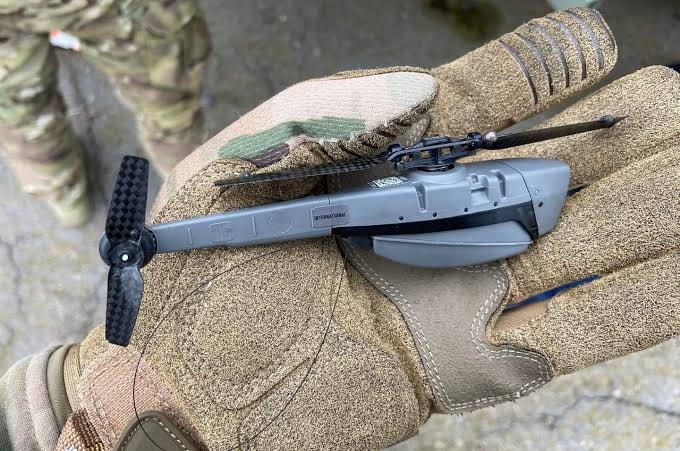

The Indian Army’s elite Special Forces Para unit is set to bolster its reconnaissance and surveillance capabilities with the acquisition of 200 more units of the Black Hornet Nano Drone. Developed by the Norway-based company Prox Dynamics AS, this micro UAV has proven to be an invaluable asset in modern warfare, offering unparalleled stealth and agility.
The Black Hornet Nano Drone is notably compact, with dimensions of 16 cm in length and 2.5 cm in width, making it one of the smallest drones in military use. Weighing just 18 grams with its battery, it provides soldiers with a lightweight surveillance tool that can be carried with ease. It has an operational range of up to 2 kilometers, allowing for extensive reconnaissance in various environments without compromising the safety of the troops.
Continue readingSOURCE: IDRW.ORG
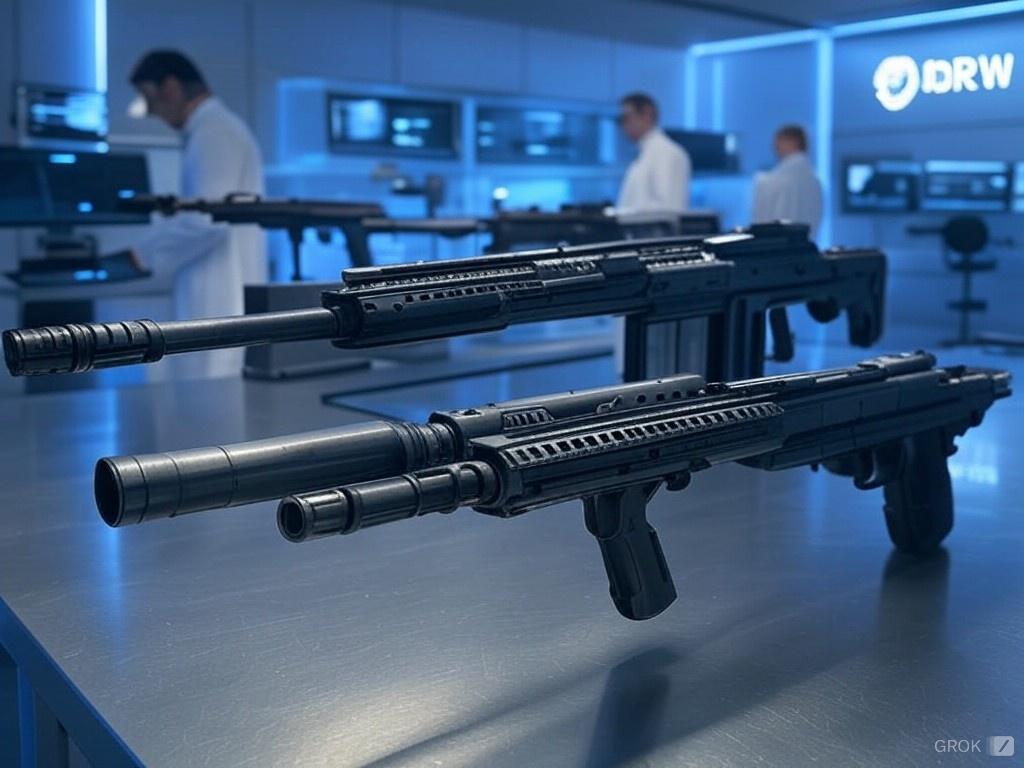

In a move that signifies deepening defense ties, India and Saudi Arabia have embarked on discussions to jointly explore the co-development of next-generation weapons systems. This collaboration is part of a broader strategic partnership between the two nations, aiming to leverage their respective strengths in defense technology and manufacturing.
The talks, as reported by defense industry insiders and posts found on X, focus on areas where both countries can benefit from shared expertise, particularly in emerging technologies like artificial intelligence, cybersecurity, and unmanned systems. The dialogue aligns with Saudi Arabia’s Vision 2030, which includes ambitions to localize 50% of its defense spending, and India’s ‘Make in India’ initiative, which promotes indigenous design and manufacturing of defense equipment.
Continue readingSOURCE: IDRW.ORG
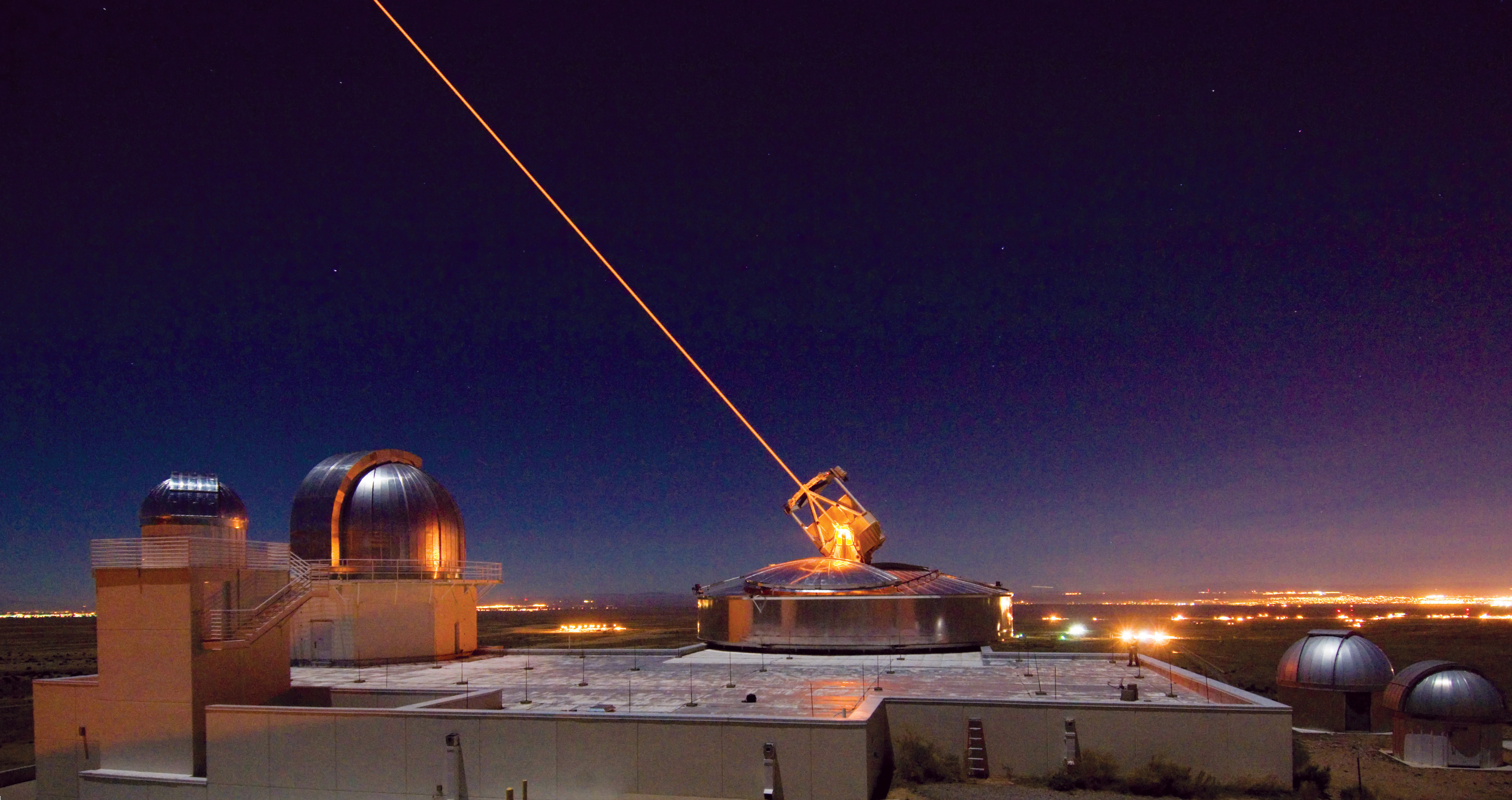

In response to the evolving aerial threat landscape, particularly the growing menace of loitering munitions and subsonic cruise missiles, the Indian Navy is actively planning to integrate Directed Energy Weapons (DEWs) into its aircraft carrier operations. This initiative aims to provide a robust defense mechanism against these modern threats, ensuring the safety and operational integrity of India’s naval aviation assets.
Loitering munitions, sometimes referred to as “suicide drones,” and subsonic cruise missiles represent a significant challenge due to their low cost, high maneuverability, and ability to loiter over a target area before striking. These weapons have shifted the dynamics of naval warfare, necessitating innovative defense solutions like DEWs, which offer speed-of-light engagement capabilities, potentially neutralizing threats before they can cause damage.
Continue readingSOURCE: IDRW.ORG
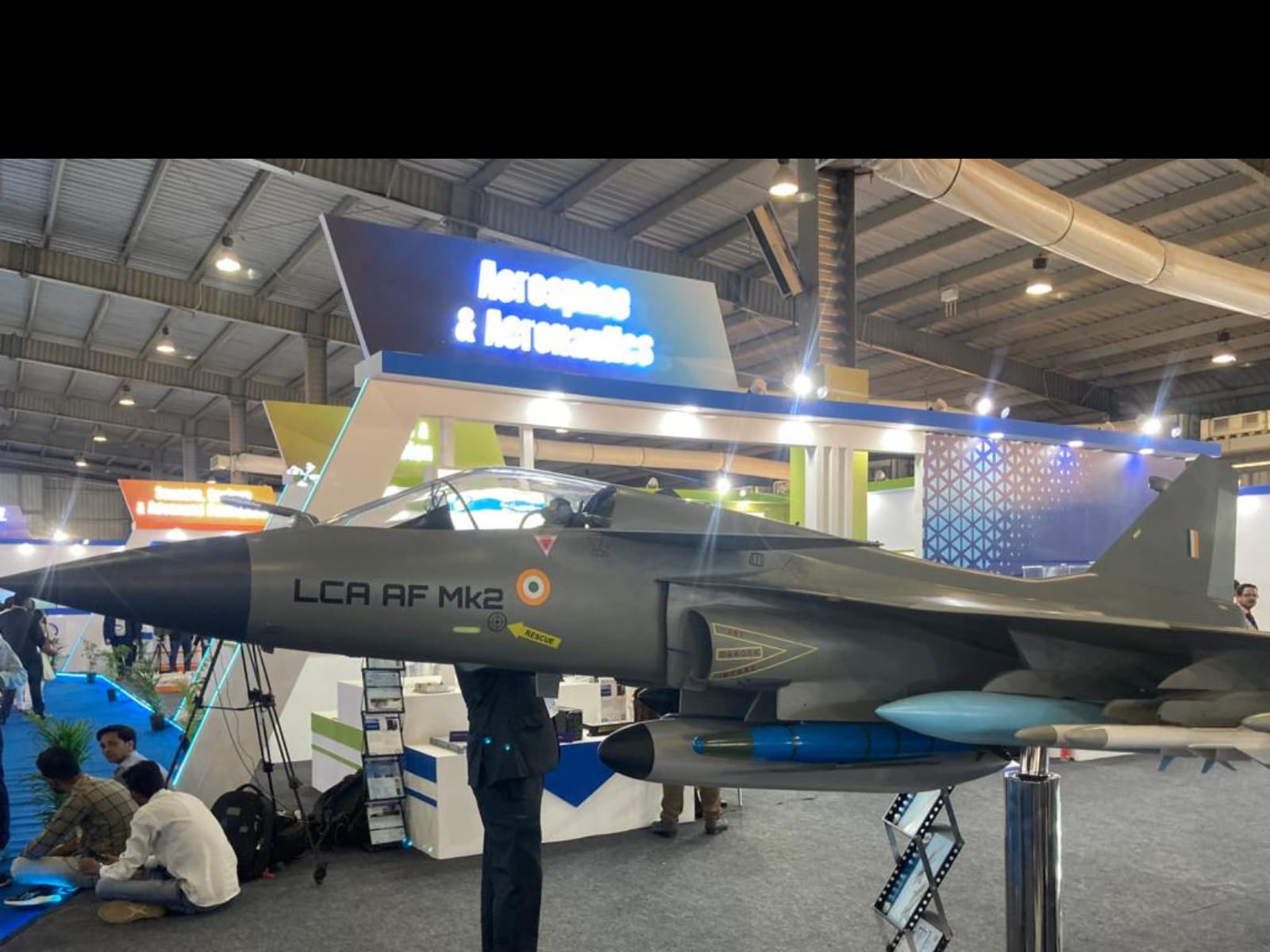

In a candid critique, Retired Indian Air Force (IAF) officer Vaidya has expressed concerns over Hindustan Aeronautics Limited’s (HAL) ability to ramp up production and meet delivery commitments, suggesting that failure to do so might inadvertently open the door for private sector involvement in fighter jet manufacturing. Speaking to the idrw.org, Vaidya highlighted that HAL’s current trajectory could prove detrimental to its position as India’s premier aircraft manufacturer.
Vaidya’s remarks come at a time when HAL is already facing scrutiny over its delivery schedules for projects like the Tejas Mk1A. With the IAF looking to procure 97 more of these advanced light combat aircraft, the pressure is on HAL to not only increase production but also to ensure timely deliveries. The officer noted, “If HAL flatters to increase production and ramp up its deliveries, then HAL might have shot itself in the leg,” indicating that inefficiencies could lead to a loss of confidence from the military and potentially from the government.
Continue readingSOURCE: IDRW.ORG

The Ministry of Defence, Government of India, has issued a Request for Information (RFI) to identify interested vendors for the indigenous manufacturing of 40mm Anti-Drone Ammunition under the “Make in India” initiative. This marks a significant step in India’s efforts to bolster its defense capabilities and reduce reliance on imports while fostering self-reliance in the defense manufacturing sector.
The RFI invites participation from both Defence Public Sector Undertakings (DPSUs) and private vendors. The objective is to identify potential manufacturers capable of producing 40mm Anti-Drone Ammunition that will be compatible with existing 40mm L/70 guns. The ammunition is specifically designed for the neutralization of drone threats, addressing a critical aspect of modern warfare where unmanned aerial systems are increasingly being used for surveillance, attacks, and other tactical operations.
Continue readingSOURCE: IDRW.ORG


Hindustan Aeronautics Limited (HAL) is gearing up to captivate audiences at the upcoming Aero India 2025 with the debut of scale models of their latest innovation, the CATS Warrior wingman. This event promises to shed light on one of India’s most ambitious projects in unmanned aerial combat technology.
The CATS (Combat Air Teaming System) Warrior is a 2-ton, twin-engine Unmanned Combat Aerial Vehicle (UCAV) designed to serve as a loyal wingman to manned fighter jets. With capabilities to conduct strikes and enhance the effectiveness of combat missions by supporting manned aircraft, the CATS Warrior represents a leap forward in aerial warfare technology. Its primary functions include.
Continue readingSOURCE: IDRW.ORG

The Aeronautical Development Establishment (ADE), under the aegis of DRDO, is on the verge of achieving another milestone with the impending maiden flight of the Archer-NG, a Medium Altitude Long Endurance (MALE) UAV. According to Tarmak Media House (TMH), the high-speed taxi trials (HSTT) of the UAV have been successfully completed, paving the way for its debut flight.
Military sources confirmed to TMH that efforts are underway to conduct the first flight of Archer-NG before the much-anticipated Bengaluru Air Show, scheduled to begin on February 10, 2025. However, if the timeline proves challenging, the UAV is expected to fly by March 2025 at the latest.
Continue readingSOURCE: IDRW.ORG


In an era where aerial warfare is increasingly defined by stealth, range, and payload capacity, defense analyst Ranesh Rajan advocates for the Indian Air Force (IAF) to explore the possibilities of scaling up the design of the Ghatak Unmanned Combat Aerial Vehicle (UCAV) into a manned, 50-ton stealth bomber. Rajan’s proposal comes at a time when India seeks to assert its technological dominance in the region and beyond.
The Ghatak, initially a project for developing an autonomous unmanned combat aerial vehicle, has shown promise with its stealth capabilities and flying wing design. Rajan suggests that by upscaling this design into a manned configuration, India could leapfrog into the domain of strategic bombers, akin to the U.S. B-2 Spirit or the forthcoming B-21 Raider but tailored to India’s specific strategic needs.
Continue readingSOURCE: IDRW.ORG


The civil variant of the Advanced Light Helicopter (ALH), manufactured by Hindustan Aeronautics Limited (HAL), has secured its first major contract, marking a significant milestone in expanding its footprint in the civil aviation sector.
State-owned Pawan Hans Limited successfully bid for the Oil and Natural Gas Corporation’s (ONGC) global tender, offering four HAL-made Dhruv-NG helicopters for offshore operations. The contract, valued at over ?2,141 crore for a 10-year period, was officially awarded earlier this month.
Continue readingSOURCE: IDRW.ORG
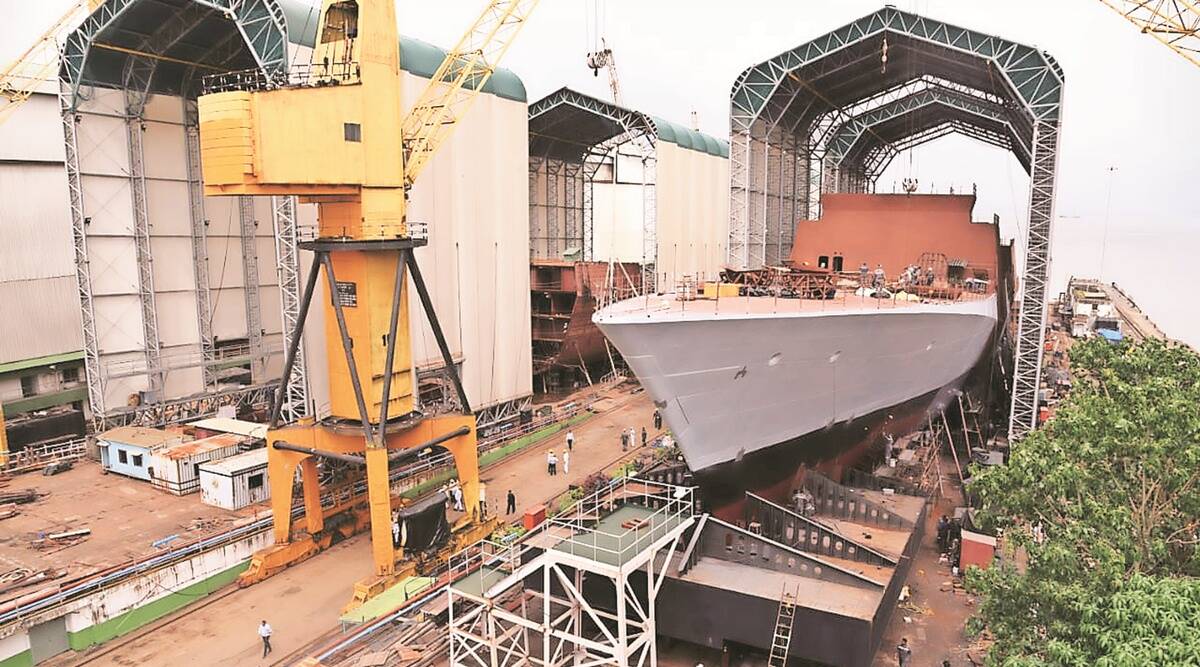

Indian shipyards are intensifying efforts to match the speed and efficiency of their European counterparts through the adoption of advanced construction techniques. One such method is the integrated construction approach, which has already shown promising results in streamlining shipbuilding processes in India.
This method involves the modular construction of ships where different sections like the hull, superstructure, and internal systems are pre-fabricated as large blocks. Each block, weighing approximately 250 tonnes, is meticulously engineered to include the necessary cabling and piping, ensuring that once assembled, these components align perfectly for welding and final integration. This approach not only reduces construction time but also enhances the quality and precision of the build.
Continue readingSOURCE: IDRW.ORG


The Indian Army’s ambitious plan to modernize its armored fleet with the Future Ready Combat Vehicle (FRCV) project is facing significant delays, compelling the Army to extend the service life of its aging T-72 tanks well into the 2030s. According to sources close to idrw.org, the FRCV project, which aims to replace the Soviet-era T-72 tanks with a new generation of main battle tanks (MBTs), remains stalled at the design stage.
The FRCV initiative is a critical component of India’s military modernization strategy, intended to equip the Army with tanks that feature advanced technology, superior mobility, enhanced survivability, and lethal firepower. The project requires that the new tanks be adaptable to various terrains and capable of meeting the challenges of contemporary warfare. Despite its importance, the project has not progressed beyond the initial phases due to bureaucratic and procedural hurdles.
Continue readingSOURCE: IDRW.ORG
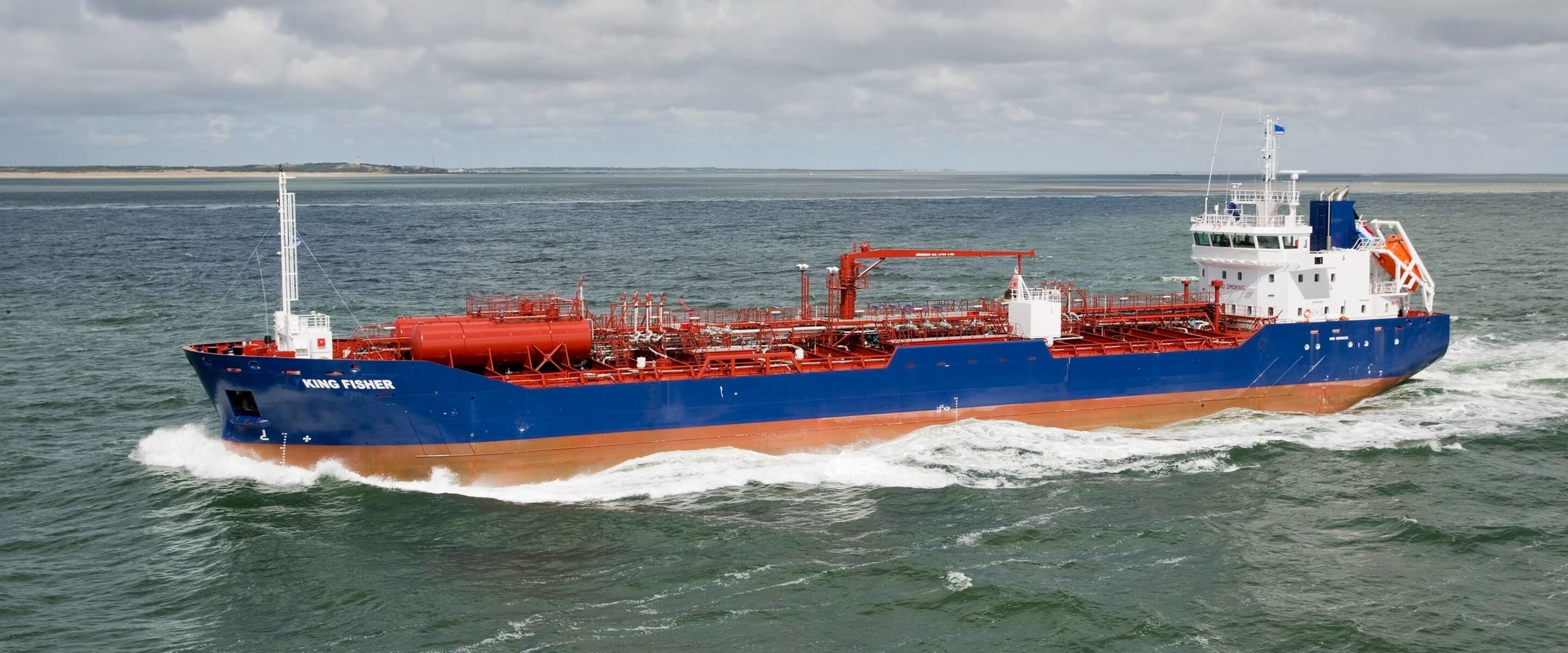

In a move aimed at enhancing its at-sea refueling capabilities, the Indian Navy has issued a Request for Proposal (RFP) to lease one Product Tanker for a duration of two years and six months. This strategic decision is to ensure continuous operational readiness of Indian Naval (IN) ships during their missions at sea.
The tanker will be leased for 2.5 years specifically for the refueling of IN ships while they are underway, a critical aspect of naval operations that extends the reach and endurance of the fleet.
Continue readingSOURCE: IDRW.ORG
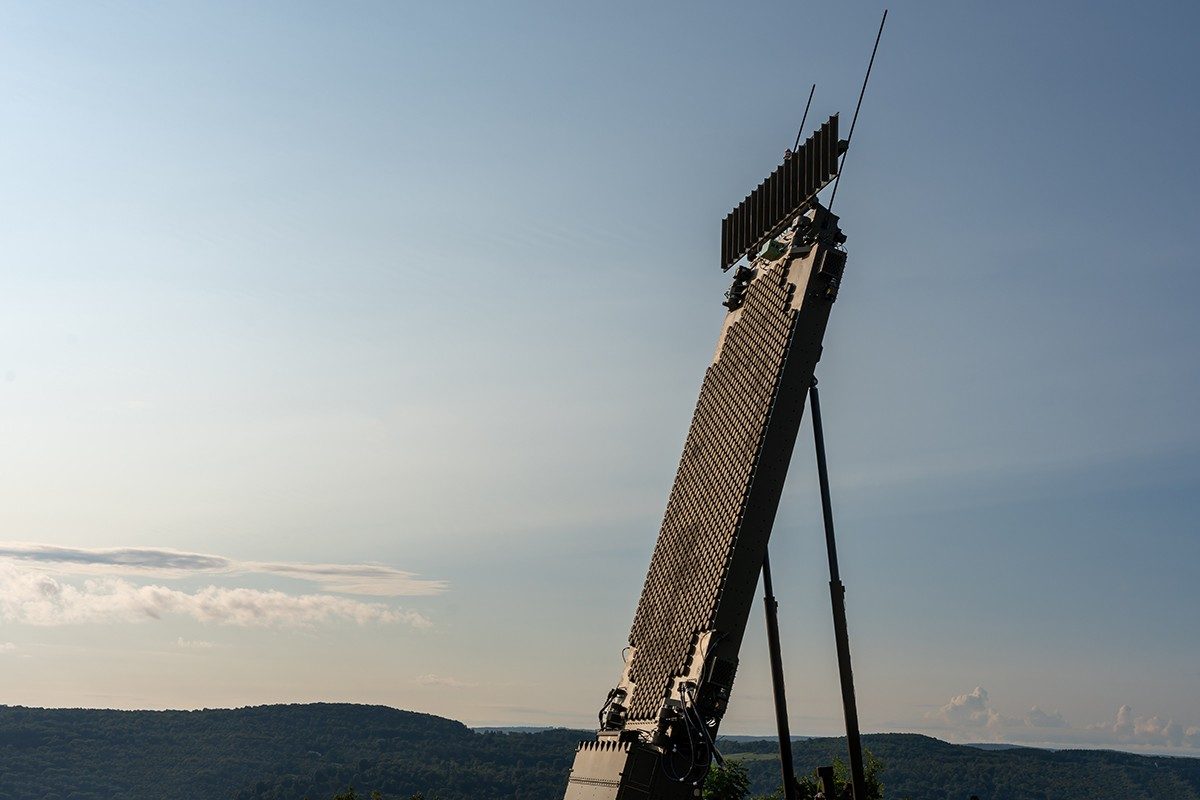

As stealth fighter jets are expected to become a routine feature near India’s borders, the Indian Air Force (IAF) is stepping up efforts to bolster its radar capabilities. Both China and Pakistan are projected to field stealth aircraft in significant numbers in the coming years, posing new challenges to India’s air defense network. To counter this evolving threat, the IAF is focusing on deploying advanced radars that operate in the Ultra High Frequency (UHF) and Very High Frequency (VHF) bands, which are effective at detecting stealth aircraft.
An IAF official, speaking to idrw.org, emphasized the importance of early detection systems, stating, “These radars will play a crucial role in identifying stealth aircraft and mitigating potential misadventures.”
Continue readingSOURCE: IDRW.ORG


The Indian Air Force (IAF) is poised to enhance its strategic capabilities with the local production of the Crystal Maze 2, also known as ROCKS, a medium-range ballistic missile developed by Israel. This missile, which has been integrated into the IAF’s Su-30MKI, MiG-29UPG, and Jaguar aircraft, represents a significant step forward in India’s defense strategy, particularly in air-to-surface engagements.
The Crystal Maze 2 is engineered for precision strikes, targeting high-value assets critical to enemy operations. With a strike range exceeding 250 kilometers, this missile allows for engagement at distances that keep the launch aircraft safely out of harm’s way. Its design is particularly adept at operating in GPS-denied environments, a crucial feature in contemporary warfare scenarios where adversaries might employ electronic warfare techniques or establish anti-access/area denial (A2AD) zones to thwart incoming threats.
Continue readingSOURCE: IDRW.ORG
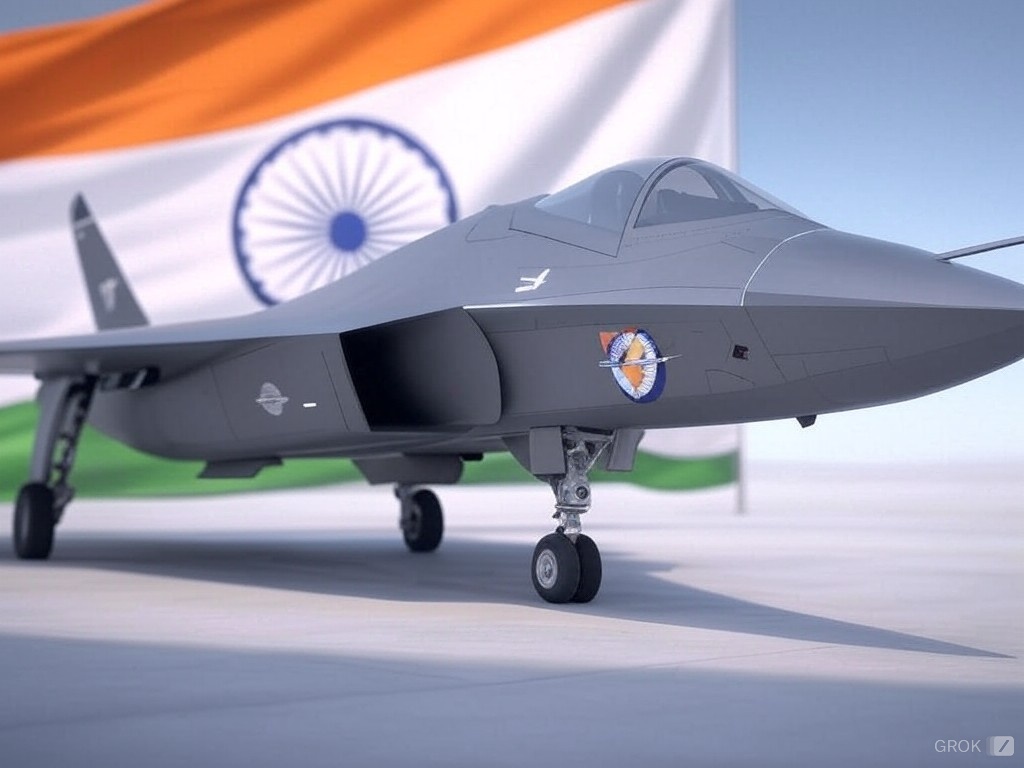

India’s ambition to develop a fighter jet fleet capable of competing with China’s rapidly advancing aviation capabilities is at a critical juncture. Defense analyst Ranesh Rajan, speaking to idrw.org, emphasized the need for at least two to three additional aviation giants alongside Hindustan Aeronautics Limited (HAL). The rationale is clear: HAL, despite its storied legacy, is overstretched and lacks the skilled manpower to execute multiple fighter jet programs at the pace required for India to close the gap with China.
HAL, India’s premier aerospace and defense company, has been the backbone of indigenous aircraft production, including the Tejas Light Combat Aircraft (LCA). However, the company’s resources are spread thin across multiple projects, from fighter jets to helicopters, leading to delays and stretched timelines in project execution.
Continue reading